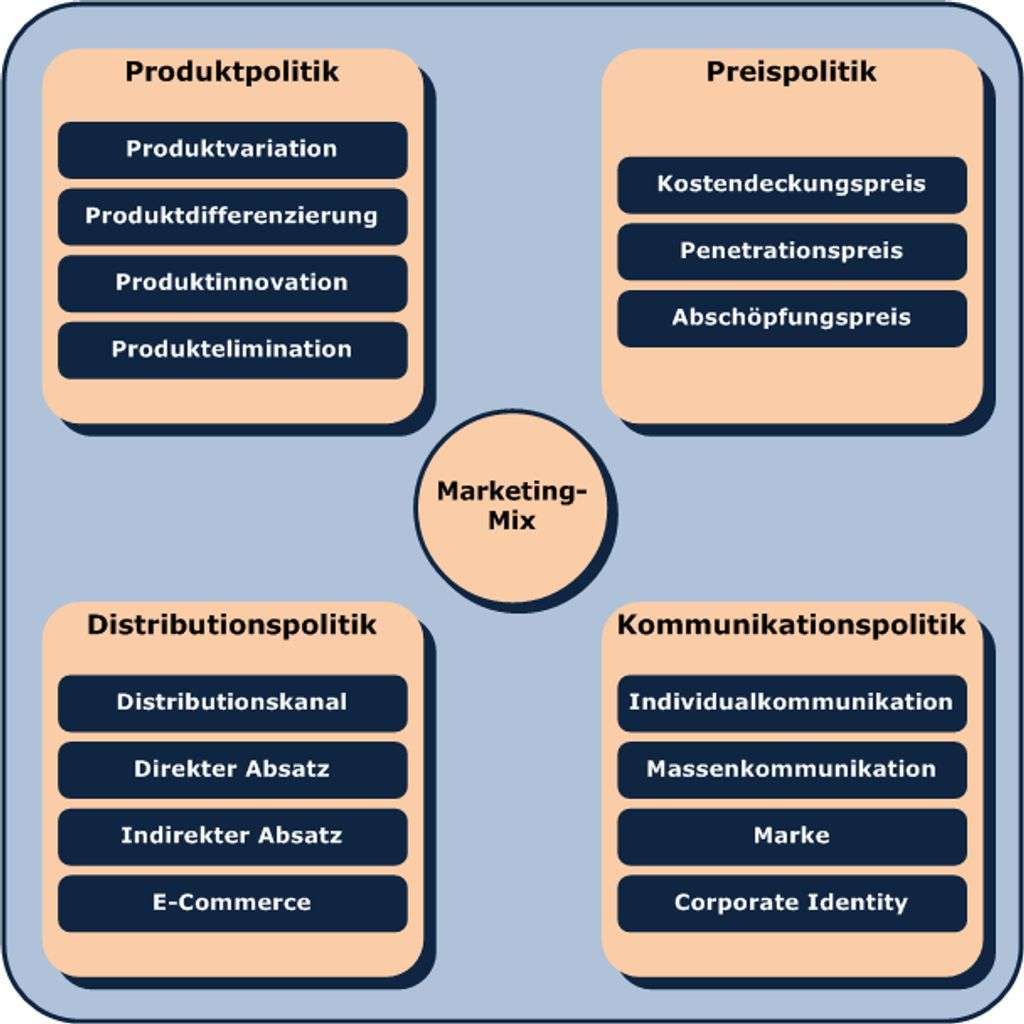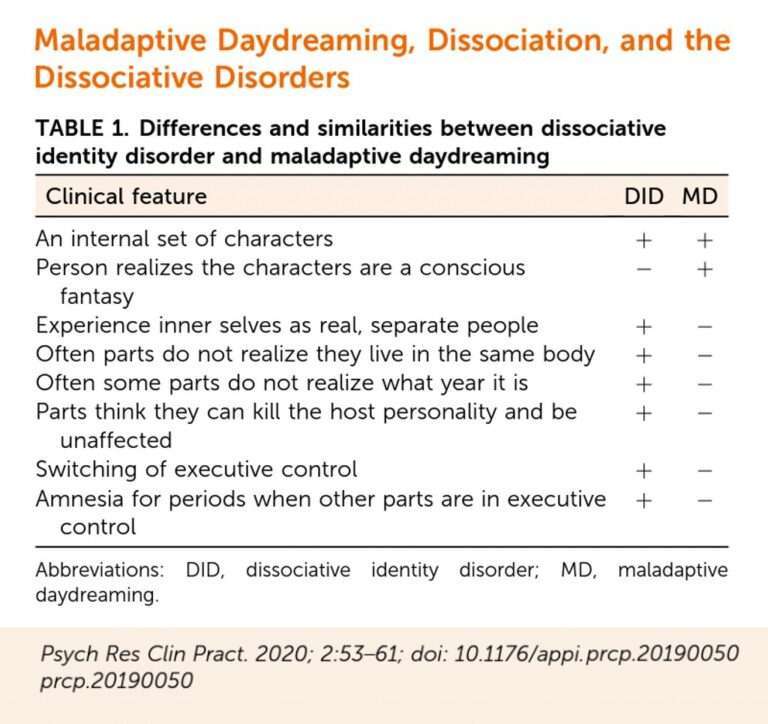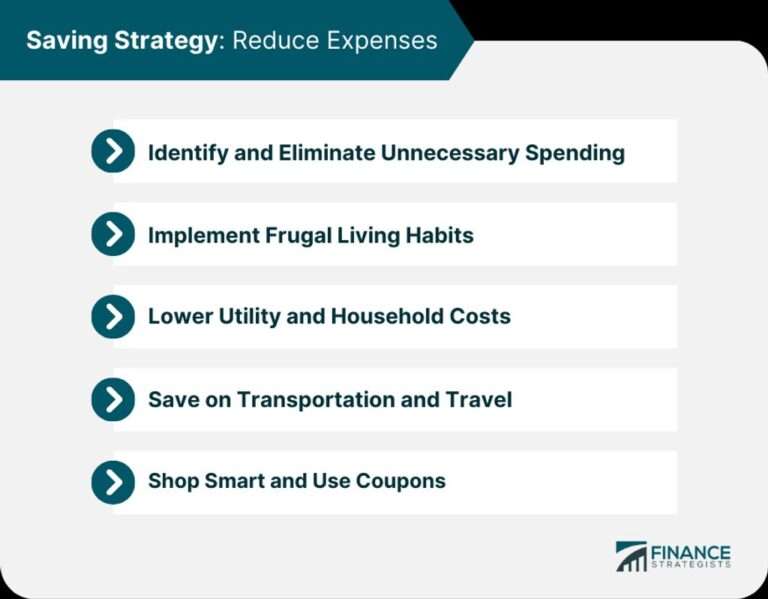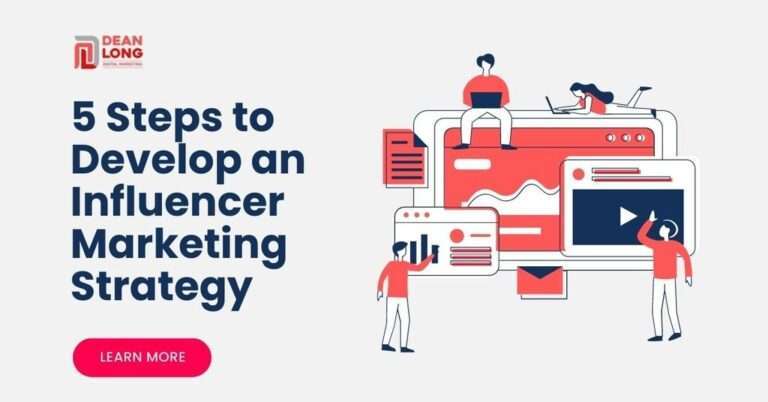The 4 P’s (Promise, Picture, Proof, Push): A framework that involves making a promise, painting a picture of realizing that promise, proving it, and then pushing the audience to act.
Overview
Introduction
In this article, we will explore the 4 P’s framework: Promise, Picture, Proof, and Push. This framework provides a comprehensive approach to capturing the audience’s attention and motivating them to take action. We will delve into each P, starting with defining the promise and crafting a compelling one that resonates with the audience. Then, we will discuss the importance of creating a vivid picture that aligns with the promise and how storytelling techniques can enhance its impact. Gathering evidence and testimonials will be explored as a means to provide proof and address potential doubts and objections. Lastly, we will look into creating a sense of urgency and providing a clear call to action to push the audience towards taking action. Throughout the article, we will share key insights and practical tips to implement the 4 P’s framework effectively. Join us on this journey to master the art of captivating and motivating your audience.
Call to Action: Are you ready to take your content creation to the next level? Visit Unifire, a movement for all creators to scale authentic content and join a community of like-minded individuals passionate about making a difference.
Importance of the 4 P’s
The 4 P’s framework, consisting of Promise, Picture, Proof, and Push, is a powerful tool for effective communication and persuasion. By following this framework, you can create a compelling promise that captures the attention of your audience. Then, you can paint a vivid picture of how that promise can be realized, using storytelling techniques to engage and captivate your audience. The next step is to provide proof of your promise, gathering evidence and testimonials that demonstrate its validity. This helps to address any doubts or objections that your audience may have. Finally, the Push element of the framework is crucial in motivating your audience to take action. By creating a sense of urgency and providing a clear call to action, you can inspire your audience to act upon your promise. The 4 P’s framework is essential for effective communication and persuasion, allowing you to connect with your audience on a deeper level and drive them towards action.
Benefits of using the framework
The 4 P’s framework offers several key benefits for effectively communicating your message. Firstly, it provides a structured approach that ensures you cover all essential aspects of your promise, picture, proof, and push. This helps you create a comprehensive and compelling narrative that resonates with your audience. Secondly, by aligning the picture with the promise, you can create a powerful visual representation that captures the imagination of your audience. This vivid picture allows them to envision the desired outcome and increases their motivation to take action. Additionally, the framework emphasizes the importance of gathering evidence and testimonials to back up your claims. By presenting proof convincingly, you can overcome any doubts or objections that your audience may have. Finally, the push element of the framework focuses on creating a sense of urgency and providing a clear call to action. This motivates your audience to act promptly and increases the likelihood of them taking the desired action. By using the 4 P’s framework, you can effectively engage your audience, build trust, and drive them towards action.
Promise
Defining the promise
The promise is the foundation of the 4 P’s framework. It is the commitment you make to your audience, the solution or benefit you will provide. To define a compelling promise, you need to understand your audience’s needs and desires, and align your promise with those. Crafting a compelling promise involves clearly articulating the value you will deliver and how it will positively impact your audience. It should be specific, measurable, and achievable. Once you have defined the promise, the next step is to communicate it effectively. This involves using persuasive language, emphasizing the benefits, and addressing any potential doubts or objections. By clearly defining and effectively communicating your promise, you set the stage for the rest of the framework and engage your audience in the journey towards realizing that promise.
CTA: Unifire
Ready to take your promise to the next level? Unifire can help you craft compelling messages and communicate them effectively. With Unifire, you can save time and effort while creating impactful content. Start your journey with Unifire today and see the difference it can make in achieving your promise.
How to:
- Understand your audience’s needs and desires.
- Align your promise with those needs and desires.
- Clearly articulate the value you will deliver.
- Use persuasive language to communicate your promise.
- Emphasize the benefits and address potential doubts or objections.
- Consider using Unifire to enhance your messaging and content creation process.
Crafting a compelling promise
Crafting a compelling promise is a crucial step in the 4 P’s framework. It involves defining a clear and impactful promise that resonates with the audience. The promise should be specific, measurable, and relevant to the audience’s needs and desires. To craft a compelling promise, it is important to understand the pain points and aspirations of the audience. This can be done through market research, surveys, and customer feedback. Once the promise is defined, it is essential to communicate it effectively to the audience. This can be achieved through persuasive language, storytelling techniques, and visual aids. By crafting a compelling promise, you can capture the attention and interest of your audience, setting the stage for the rest of the framework.
Communicating the promise effectively
In order to effectively communicate the promise, it is important to clearly define what the promise entails. This involves identifying the specific benefits and outcomes that the promise offers to the audience. Craft a compelling promise that resonates with the target audience, highlighting the unique value proposition and addressing their pain points. Use persuasive language and storytelling techniques to paint a vivid picture of how the promise can be realized and the positive impact it can have on their lives. It is crucial to align this picture with the promise itself, ensuring consistency and clarity. Additionally, gather evidence and testimonials that provide proof of the promise’s effectiveness. Present this proof convincingly to build trust and credibility. Address any potential doubts or objections that the audience may have, providing reassurance and addressing their concerns. Finally, create a sense of urgency and motivate the audience to take action by providing a clear call to action. Encourage them to seize the opportunity and experience the benefits of the promise. To effectively communicate the promise, utilize the tools and resources available, such as Unifire, which can help transform webinars and podcasts into unique and engaging content. With Unifire, content creators can scale their operations and produce high-quality content that reflects their insights and expertise. Take advantage of these tools to captivate your audience and inspire them to take action.
Picture
Creating a vivid picture
In this section, we explore the importance of creating a vivid picture to support the promise made earlier. A vivid picture helps the audience visualize the desired outcome and emotionally connect with it. It goes beyond just describing the end result and delves into the details, painting a clear and compelling image in the minds of the audience. By using storytelling techniques, such as sensory language and relatable scenarios, content creators can make the picture more relatable and impactful. Aligning the picture with the promise ensures consistency and reinforces the audience’s belief in the possibility of realizing that promise. Overall, creating a vivid picture is an essential step in capturing the audience’s attention and generating excitement and anticipation for what is to come.
Call to Action: Ready to take your content creation to the next level? Check out Unifire, a powerful tool that helps you transform your webinars and podcasts into high-quality, unique content that resonates with your audience. Visit Unifire today!
How to Create a Vivid Picture:
- Start by defining the desired outcome in detail.
- Use sensory language to engage the audience’s senses.
- Incorporate relatable scenarios and examples.
- Paint a clear and compelling image in the audience’s minds.
- Ensure the picture aligns with the promise made earlier.
- Use storytelling techniques to make the picture more relatable and impactful.
- Review and revise the picture to ensure its effectiveness.
- Test the picture with a sample audience to gather feedback and make improvements.
- Continuously refine and update the picture as needed to maintain relevance and impact.
Aligning the picture with the promise
Now that you have created a vivid picture of realizing the promise, it is crucial to align this picture with the promise itself. This alignment ensures that the audience can clearly see how the promise will be fulfilled and how their desires and aspirations will be met. By aligning the picture with the promise, you create a strong connection between the two, reinforcing the credibility and believability of your message. This alignment can be achieved through various means, such as using visual elements that directly represent the promise, incorporating testimonials or success stories that demonstrate the picture coming to life, or showcasing real-life examples that illustrate the desired outcome. The key is to ensure that every aspect of the picture aligns with the promise, leaving no room for confusion or doubt. By doing so, you strengthen the impact of your message and increase the likelihood of your audience taking the desired action.
Using storytelling techniques
Storytelling is a powerful tool that can captivate and engage an audience. By using storytelling techniques, you can create a narrative that brings your promise to life and resonates with your audience on an emotional level. Craft a compelling story that highlights the transformation your audience will experience by realizing the promise. Use vivid imagery and descriptive language to paint a picture in their minds. Align the story with your promise to ensure consistency and reinforce the message. Incorporate elements of conflict, resolution, and relatability to make the story more compelling. Use storytelling techniques such as character development, plot structure, and sensory details to make the story more engaging and memorable. By leveraging the power of storytelling, you can effectively communicate your promise and leave a lasting impact on your audience.
Call to Action: Unifire
Ready to put the 4 P’s framework into action and create persuasive messages that inspire action? Check out Unifire, a powerful storytelling platform that helps you craft compelling narratives and engage your audience. Visit Unifire to learn more and start telling stories that drive results.
How to Use Storytelling Techniques
- Identify the key elements of your promise and the transformation it offers.
- Develop a compelling story that aligns with your promise.
- Incorporate conflict, resolution, and relatability into your story.
- Use vivid imagery and descriptive language to engage the audience.
- Apply storytelling techniques such as character development, plot structure, and sensory details.
- Practice telling your story to ensure it resonates with your audience.
- Continuously refine and improve your storytelling skills.
By following these steps, you can effectively use storytelling techniques to enhance your communication and create a lasting impact on your audience.
Proof
Gathering evidence and testimonials
In this stage of the 4 P’s framework, you gather the necessary evidence and testimonials to support your promise and prove its validity. Gathering evidence and testimonials is crucial in building trust and credibility with your audience. You can collect data, statistics, case studies, and customer testimonials that demonstrate the effectiveness and success of your product or service. These pieces of evidence provide social proof and reassure your audience that your promise is achievable and reliable. Additionally, addressing potential doubts and objections in this stage is essential to overcome any skepticism. By presenting the proof convincingly and providing answers to common concerns, you can strengthen your argument and further convince your audience to trust in your promise. Remember, the more concrete and specific your evidence is, the more persuasive it will be. Showcase real-life examples and success stories that highlight the positive impact of your offering. By doing so, you can demonstrate the value and benefits that your audience can expect to receive. Gathering evidence and testimonials is an opportunity to showcase the impact and effectiveness of your promise, providing your audience with the confidence they need to take action.
Presenting the proof convincingly
After gathering the necessary evidence and testimonials, it is crucial to present the proof convincingly to your audience. One effective way to do this is by using visual aids such as charts, graphs, and infographics to visually represent the data and statistics that support your claims. Additionally, you can provide real-life examples and case studies to demonstrate how your promise has been fulfilled in the past. It is important to address any potential doubts or objections that your audience may have by anticipating their concerns and providing counterarguments. By presenting the proof in a clear and compelling manner, you can build trust and credibility with your audience, making them more likely to believe in your promise and take action. Remember to highlight the most important evidence and testimonials to make them stand out and leave a lasting impression on your audience.
Call to Action:
To learn more about how to effectively present your proof and leverage the 4 P’s framework, visit Unifire’s website and sign up for our comprehensive online course. Take the next step towards mastering the art of persuasive communication and achieving your desired outcomes.
How to Section:
- Use visual aids such as charts, graphs, and infographics to visually represent data and statistics.
- Provide real-life examples and case studies to demonstrate the fulfillment of your promise.
- Address potential doubts and objections by anticipating concerns and providing counterarguments.
- Highlight the most important evidence and testimonials to make them stand out.
- Visit Unifire’s website and sign up for our comprehensive online course to learn more about effectively presenting your proof and leveraging the 4 P’s framework.
Addressing potential doubts and objections
After presenting the proof convincingly, it is important to address any potential doubts and objections that the audience may have. This involves anticipating their concerns and providing clear and logical responses to alleviate their doubts. One effective approach is to use evidence and testimonials to counter any objections and demonstrate the credibility of the promise. Additionally, it is crucial to address any potential risks or drawbacks associated with the promise and provide reassurance or solutions to mitigate them. By addressing potential doubts and objections head-on, you can build trust and confidence in the audience, increasing the likelihood of them taking action. Remember, the key is to be comprehensive in your explanations and prioritize depth over high-level explanations.
Call to Action:
If you want to learn more about how to effectively address doubts and objections in your communication, check out Unifire’s comprehensive guide on persuasive techniques. Unifire provides practical tips and strategies to help you overcome objections and convince your audience to take action.
How To Section:
To address potential doubts and objections:
- Anticipate the concerns and objections your audience may have.
- Provide clear and logical responses to alleviate their doubts.
- Use evidence and testimonials to counter objections and demonstrate credibility.
- Address any potential risks or drawbacks associated with the promise and provide reassurance or solutions to mitigate them.
- Be comprehensive in your explanations and prioritize depth over high-level explanations.
- Build trust and confidence in the audience by addressing potential doubts head-on.
- Encourage your audience to take action by providing a clear call to action.
By following these steps, you can effectively address doubts and objections, increasing the likelihood of your audience taking action.
Push
Creating a sense of urgency
One of the key insights of the 4 P’s framework is the importance of creating a sense of urgency in order to motivate the audience to take action. By highlighting time-sensitive opportunities or emphasizing the potential consequences of inaction, you can create a sense of urgency that compels the audience to act. Limited-time offers, exclusive deals, or countdown timers can all be effective tools for creating urgency. Additionally, social proof and testimonials can reinforce the urgency by showing the audience that others have already taken action and benefited from it. It is crucial to clearly communicate the urgency and provide a clear call to action that guides the audience on what steps to take next. By effectively creating a sense of urgency, you can increase the likelihood of your audience taking the desired action.
CTA: Take action now and experience the power of the 4 P’s framework with Unifire!
Providing a clear call to action
After presenting the proof convincingly and addressing potential doubts and objections, it is crucial to provide a clear call to action that motivates the audience to take action. This can be done by clearly outlining the next steps and guiding the audience on what they need to do to realize the promise. Highlight the benefits of taking action and emphasize the urgency of the situation. Use persuasive language and compelling visuals to capture the audience’s attention and make it easy for them to understand how to take the desired action. Additionally, provide multiple channels for the audience to engage with, such as a website, social media platforms, or contact information. By providing a clear call to action, you empower the audience to take the necessary steps towards achieving their goals and experiencing the benefits of the promise.
Motivating the audience to take action
After going through the promise, picture, and proof stages, it is crucial to motivate the audience to take action. To do this, you can create a sense of urgency by highlighting the immediate benefits and consequences of not taking action. Emphasize the value they will receive by acting now and address any remaining doubts or objections they may have. Provide a clear call to action, such as signing up for a free trial, making a purchase, or subscribing to a newsletter. Use persuasive language and compelling visuals to engage and inspire the audience. Remember, the goal is to move them from passive observers to active participants. By taking action, they can start experiencing the promised benefits and realize the transformation described in the picture stage. Act now and unleash the power of the 4 P’s framework to achieve your goals!
Call to Action:
If you want to learn more about leveraging the 4 P’s framework to effectively communicate and motivate your audience, visit Unifire and sign up for a free trial today!
How to Implement the 4 P’s Framework:
To implement the 4 P’s framework, follow these steps:
- Define your promise: Clearly articulate what you are offering to your audience.
- Create a vivid picture: Use storytelling techniques to paint a compelling vision of the promised benefits.
- Gather evidence and testimonials: Collect proof that supports your promise and builds credibility.
- Address doubts and objections: Anticipate and address any potential concerns your audience may have.
- Create a sense of urgency: Highlight the immediate benefits of taking action and the consequences of inaction.
- Provide a clear call to action: Clearly communicate what you want your audience to do.
- Motivate the audience to take action: Use persuasive language and compelling visuals to inspire action.
By following these steps, you can effectively use the 4 P’s framework to motivate your audience and achieve your desired outcomes.
Conclusion
Summary of the 4 P’s framework
The 4 P’s framework, consisting of Promise, Picture, Proof, and Push, provides a comprehensive approach to effectively communicate and persuade your audience. By making a compelling promise, painting a vivid picture of realizing that promise, providing proof and evidence, and creating a sense of urgency, you can motivate your audience to take action. This framework emphasizes the importance of aligning the promise with the picture, using storytelling techniques to engage the audience, presenting proof convincingly, and addressing potential doubts and objections. To apply the 4 P’s framework, start by defining a strong promise, crafting a compelling picture, gathering evidence and testimonials, and creating a sense of urgency. Then, communicate your promise effectively, align the picture with the promise, present the proof convincingly, and provide a clear call to action. Remember, the key to success with the 4 P’s framework is to prioritize depth over high-level explanations and to always include a practical how-to section at the end. Ready to put the 4 P’s framework into action? Check out Unifire, a powerful tool that can help you implement this framework and achieve your persuasive goals.
Key takeaways
After exploring the 4 P’s framework, here are the key insights:
- The 4 P’s (Promise, Picture, Proof, Push) provide a comprehensive framework for creating persuasive content.
- Crafting a compelling promise is essential to captivate the audience and set expectations.
- Creating a vivid picture that aligns with the promise helps to engage and resonate with the audience.
- Gathering evidence and testimonials to prove the promise builds credibility and trust.
- Creating a sense of urgency and providing a clear call to action motivates the audience to take action.
To implement the 4 P’s framework effectively, consider using Unifire, a powerful tool that helps you create and distribute attention-grabbing content. With Unifire, you can turn your ideas into impactful posts, tweets, threads, and even ebooks. Start with 900 free credits and experience the benefits of this tool. Don’t miss out on the opportunity to elevate your content strategy and achieve your goals. Sign up for Unifire today!
Next steps
Now that you understand the power of the 4 P’s framework and how it can help you create compelling and persuasive content, it’s time to put it into action. Here are some practical steps you can take to implement the framework:
- Define your promise: Clearly articulate the outcome or benefit that you are promising to deliver to your audience.
- Paint a vivid picture: Use storytelling techniques to create a compelling vision of what it looks like to achieve the promise.
- Gather evidence and testimonials: Collect proof points and testimonials that support the validity of your promise.
- Create a sense of urgency: Communicate the importance of taking action now to realize the promise.
- Provide a clear call to action: Clearly instruct your audience on what specific action they should take.
By following these steps, you will be able to effectively leverage the 4 P’s framework to engage your audience and drive them to take action. Remember, the key is to be comprehensive and prioritize depth in your communication. Start implementing the framework today and see the impact it can make.
CTA: Visit Unifire – If you’re ready to take your content creation to the next level, visit Unifire to discover how our platform can help you scale authentic content and achieve your goals.
In conclusion, Unifire is the ultimate tool for extracting summaries, keywords, and titles from your podcast and repurposing your content. With Unifire, you can save time and effort by automating the process of creating engaging content. Whether you’re a podcaster, content creator, or marketer, Unifire can help you optimize your content and reach a wider audience. Don’t miss out on the opportunity to enhance your content creation strategy. Visit Unifire today and start maximizing the potential of your podcast!







